WD 4TB WD_BLACK SN850X Gaming Internal NVMe PCIe 4.0 SSD https://www.bhphotovide
expiredphoinix | Staff posted Nov 24, 2022 11:34 AM
Item 1 of 6
Item 1 of 6
expiredphoinix | Staff posted Nov 24, 2022 11:34 AM
4TB WD_Black SN850X M.2 PCIe Gen4 Solid State Drive SSD - $374.99 + F/S - Amazon
$375
Amazon
Visit AmazonGood Deal
Bad Deal
Save
Share
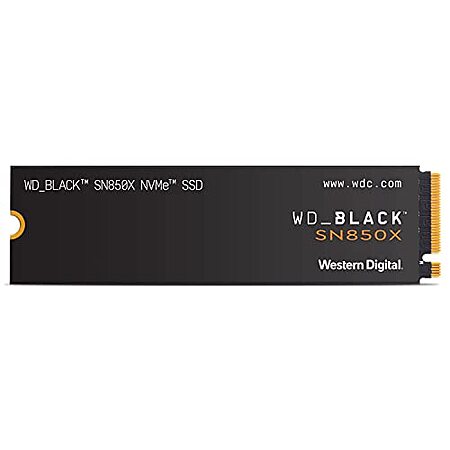
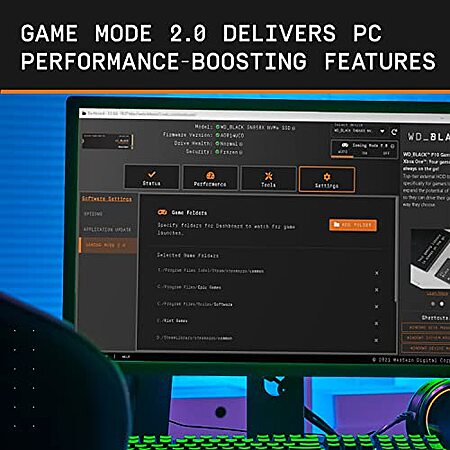
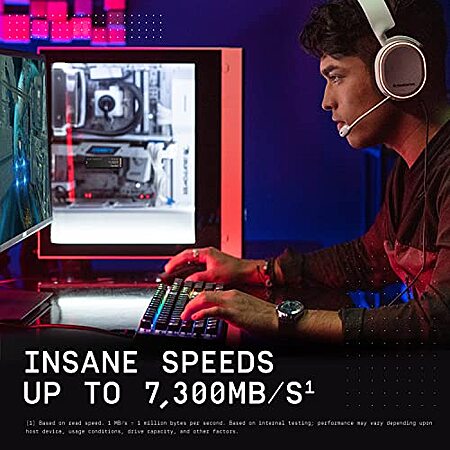

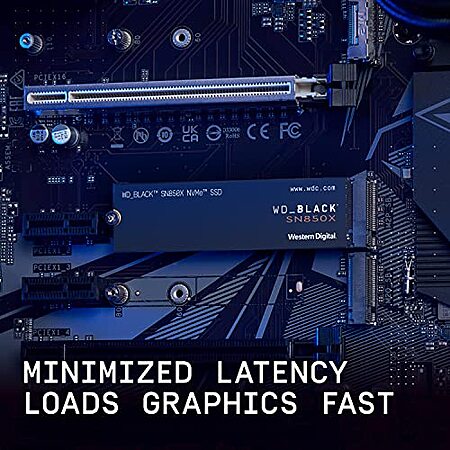
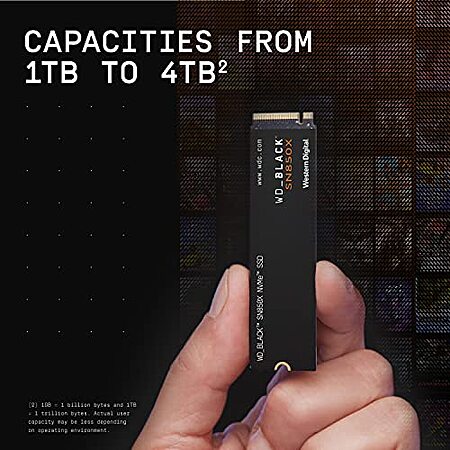



Leave a Comment
13 Comments
Sign up for a Slickdeals account to remove this ad.
The reason you pay a premium for 4TB and 8TB m.2 drives is because the NAND used is more expensive. 2280 is a restricting form factor and is the largest size most consumer boards support. You can already get 15.36TB in the 22110 form factor but the vast majority of consumers boards do not support it.
200+ layer NAND is coming out and should push the maximum storage of m.2 2280 drives to 12-16TB. That said, do not expect them to be remotely cheap.
FYI no one here buying or not buying is going to have any impact on future SSD prices or capacity. Ultimately enterprise is where SSD manufacturers make their bread and butter. The company I work for dishes out $3,500 - $5,000 per drive and we have thousands of drives just in the U.2 form factor alone.
Sign up for a Slickdeals account to remove this ad.
The reason you pay a premium for 4TB and 8TB m.2 drives is because the NAND used is more expensive. 2280 is a restricting form factor and is the largest size most consumer boards support. You can already get 15.36TB in the 22110 form factor but the vast majority of consumers boards do not support it.
200+ layer NAND is coming out and should push the maximum storage of m.2 2280 drives to 12-16TB. That said, do not expect them to be remotely cheap.
FYI no one here buying or not buying is going to have any impact on future SSD prices or capacity. Ultimately enterprise is where SSD manufacturers make their bread and butter. The company I work for dishes out $3,500 - $5,000 per drive and we have thousands of drives just in the U.2 form factor alone.
best price $544.99
Leave a Comment